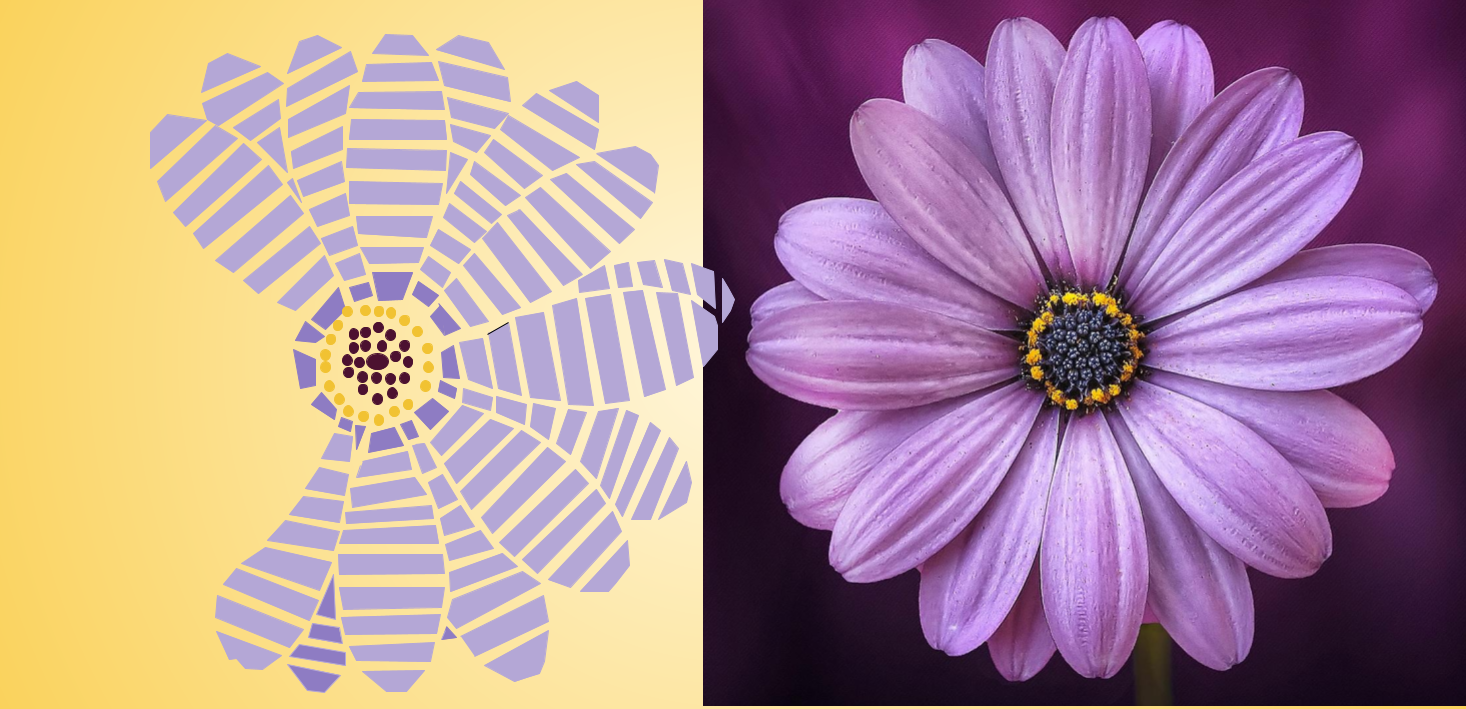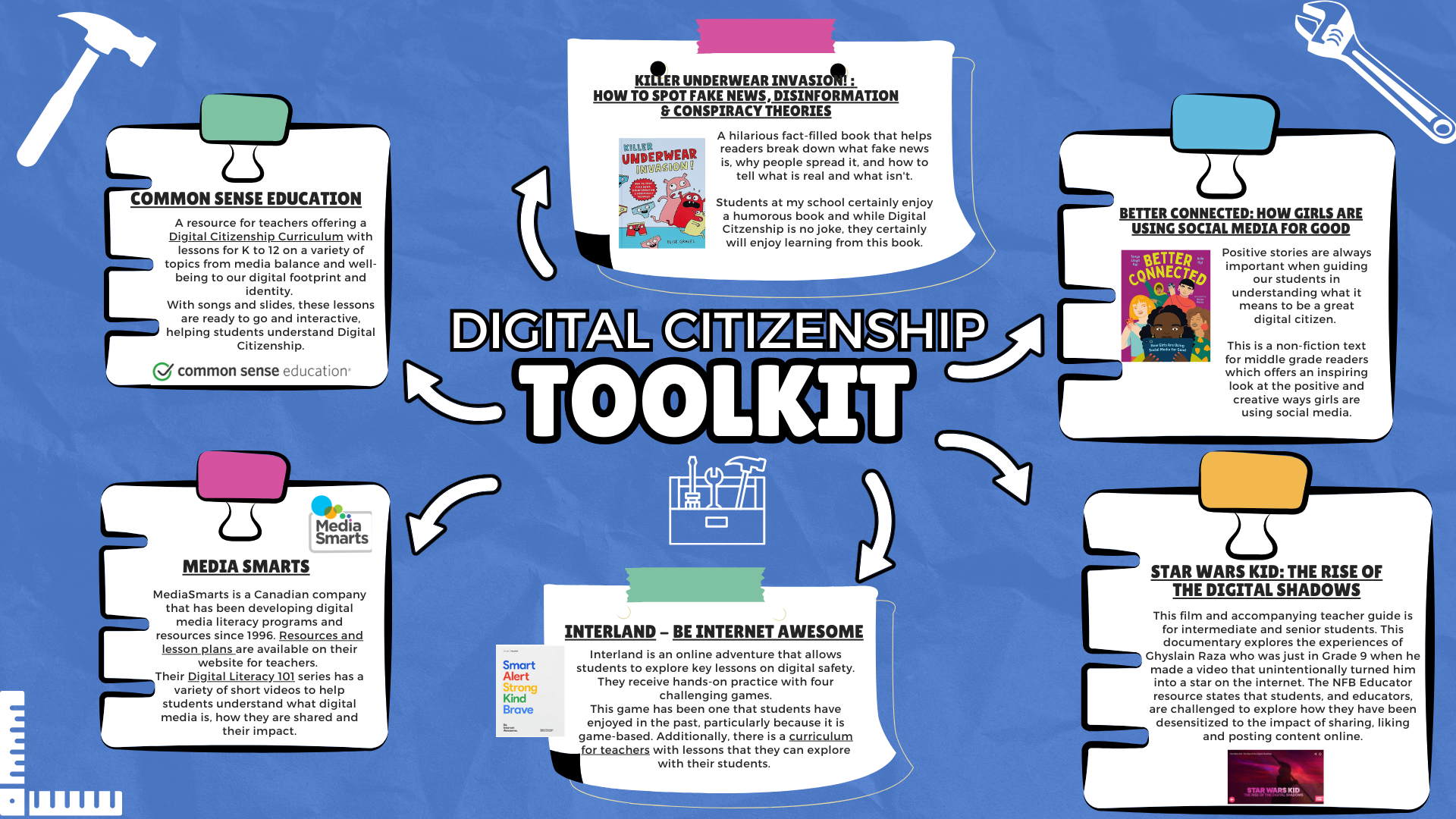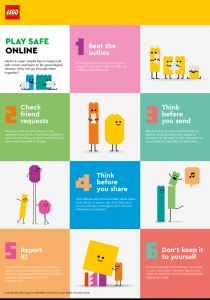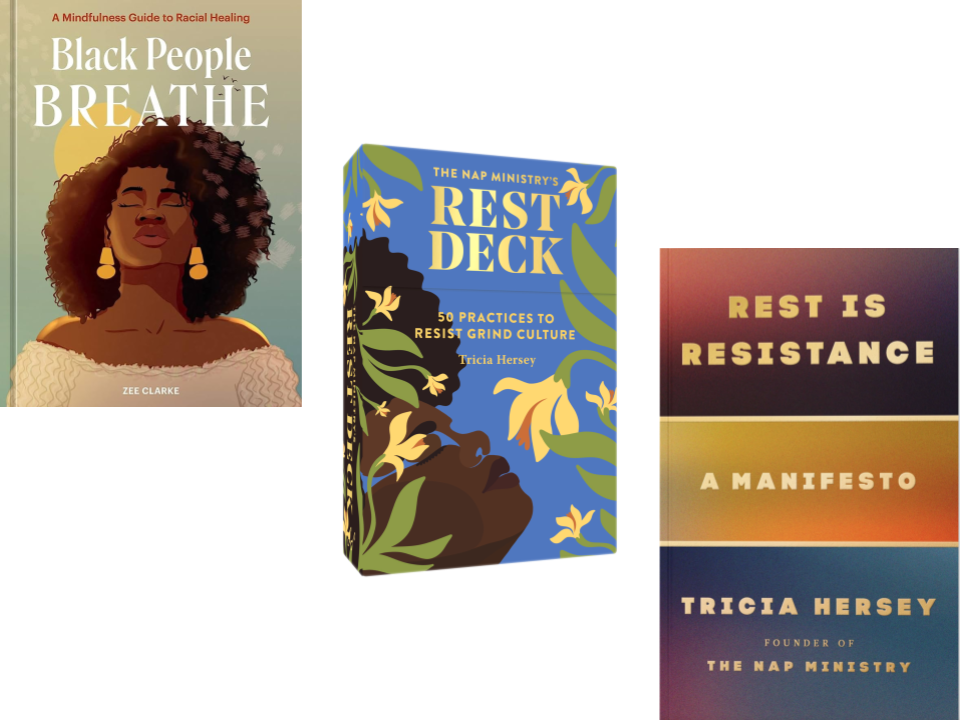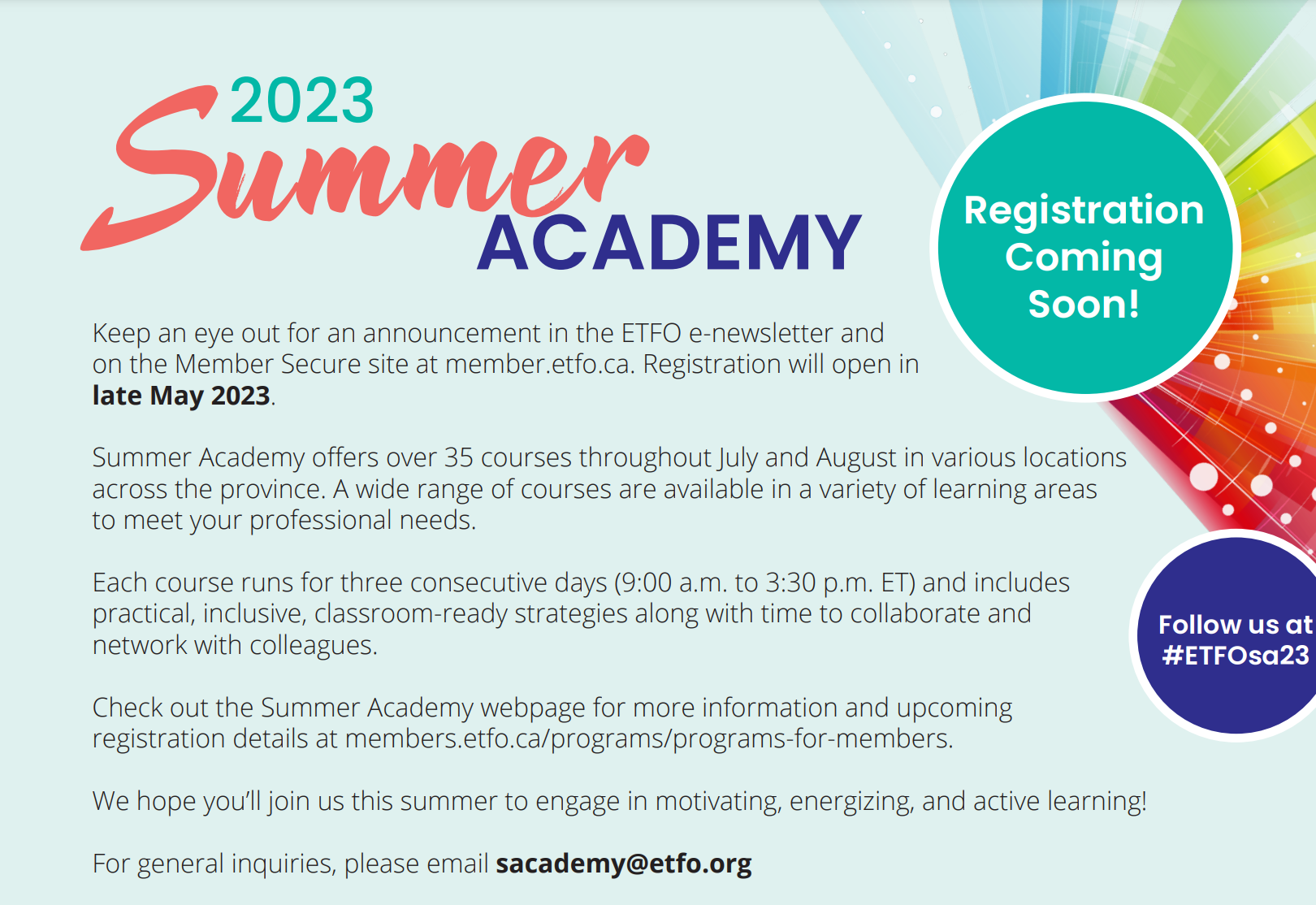This year, my colleague and I have had the chance to participate in professional development from our Math Department around Building Thinking Classrooms. We’re learning about the 14 teaching practices for enhancing learning and working with teachers at our school on implementing the practices in junior classrooms. My colleague and I shared our learning around the first three practices and as a junior team, we agreed to work on the Ice Cream Problem – found on page 96 of the book – with students. In this post, I’m sharing a little about the first three practices and what I noticed when students worked through this problem.
Types of Tasks
When it comes to building thinking classrooms, the goal is to give students thinking tasks. Thinking tasks require students to problem-solve. When we consider the Mathematical Processes in the Ontario Math Curriculum, to solve problems, students must: draw on their prior knowledge; try out different strategies; make connections; and reach conclusions. Building Thinking Classrooms suggests that we begin with engaging in non-curricular tasks and move into curricular tasks, as the culture of thinking begins to develop. I struggle a little with the categorization of some tasks being non-curricular because I often see mathematical thinking – particularly in the area of numeracy – in tasks that have been labelled non-curricular.
In the classes that I partner with, I’m absolutely amazed by the way that students are demonstrating their thinking as they have been working on solving the Ice Cream Problem. While the problem asks students to consider the combinations with 10 flavours, we started off with 5 and our first extension was to move into 6 flavours. I’ve seen different strategies used and I have also seen students reflecting on what they have done in the past when given an extension to the problem. I have one class that is particularly excited to come down to the library to solve problems that they see as different. It’s neat to see how excited they are to talk through and work through the problems in their groups.
Looking for non-curricular tasks? Diana Hong has curated a number. There’s also a spreadsheet of curricular tasks and a site curated by Kyle Webb that you might find of use.
Randomized Groups
On pages 44 and 45 of Building Thinking Classrooms, we learn about the benefits of randomized groupings based on what was noticed over time:
- Willingness to collaborate – open to working with anyone they were placed with.
- Elimination of social barriers – learning from and with other people allowed for the crossing of social boundaries and a greater awareness of others.
- Increased knowledge mobility – sharing of ideas with others.
- Increased enthusiasm for Math learning – as social barriers decreased, there was an increase in enthusiasm around Math in this type of way.
- Reduced social stress – in the selecting of groups both for students who do and who do not have strong social bonds.
Students know when they are being grouped by readiness or for any other reason. In order for students to believe in the randomness of groups, the groups have to be visibly random. Using cards, popsicle sticks or Flippity, randomized groups are easy to create. Also, when students know what group they are in and where to meet their group, transitions are more easily facilitated.
Groups of 3 are ideal in the junior classroom. I created simple emoji cards that I shuffle and hand out to students. Once they have their cards, they find the matching emoji at their workstations and get going on their task. I have been so impressed by how students just find their groups and get to work. Rarely have I had students comment on not wanting to be in a particular group or not wanting to work with someone. This could in part be because they know that groups are always changing and that they will most likely be working with someone else the next time they are given a task.
Vertical Non-Permanent Surfaces
Off and on, over the years I’ve used Wipebooks and the windows in our classroom as vertical non-permanent surfaces for students to work on. Whether or not I understood the “science” behind it, I noticed that students enjoyed seeing their work or solutions up on the wall and I also noticed that it helped students share their ideas or strategies with others more easily. It was up and visible to all. Also, as a teacher, I could literally see how students were working just by glancing around the classroom.
On pages 58 to 61 of the book we learn a little more about the findings based on using vertical non-permanent surfaces:
- When students work on whiteboards, they can quickly erase any errors, which, for them, reduces the risk of trying something.
- Standing necessitates a better posture, which has been linked to improvements in mood and increases in energy.
- Having students work vertically makes their work visible to everyone in the room, thereby increasing the porosity between groups and heightening the possibility that ideas will move between groups.
For our Ice Cream Problem, I saw all three points in action. Students wrote, erased, re-wrote and organized their ideas with confidence. Groups that were stuck glanced around the room and got ideas from others to get them started or help them consider a different way of organizing their solutions. Students have really loved working on the Wipebooks and are often shocked by how quickly time flies when solving problems in their groups.
This year we are on a journey to support students in their enjoyment of Math. Stay tuned as I’ll continue to share more about what I’m noticing in the coming months.



